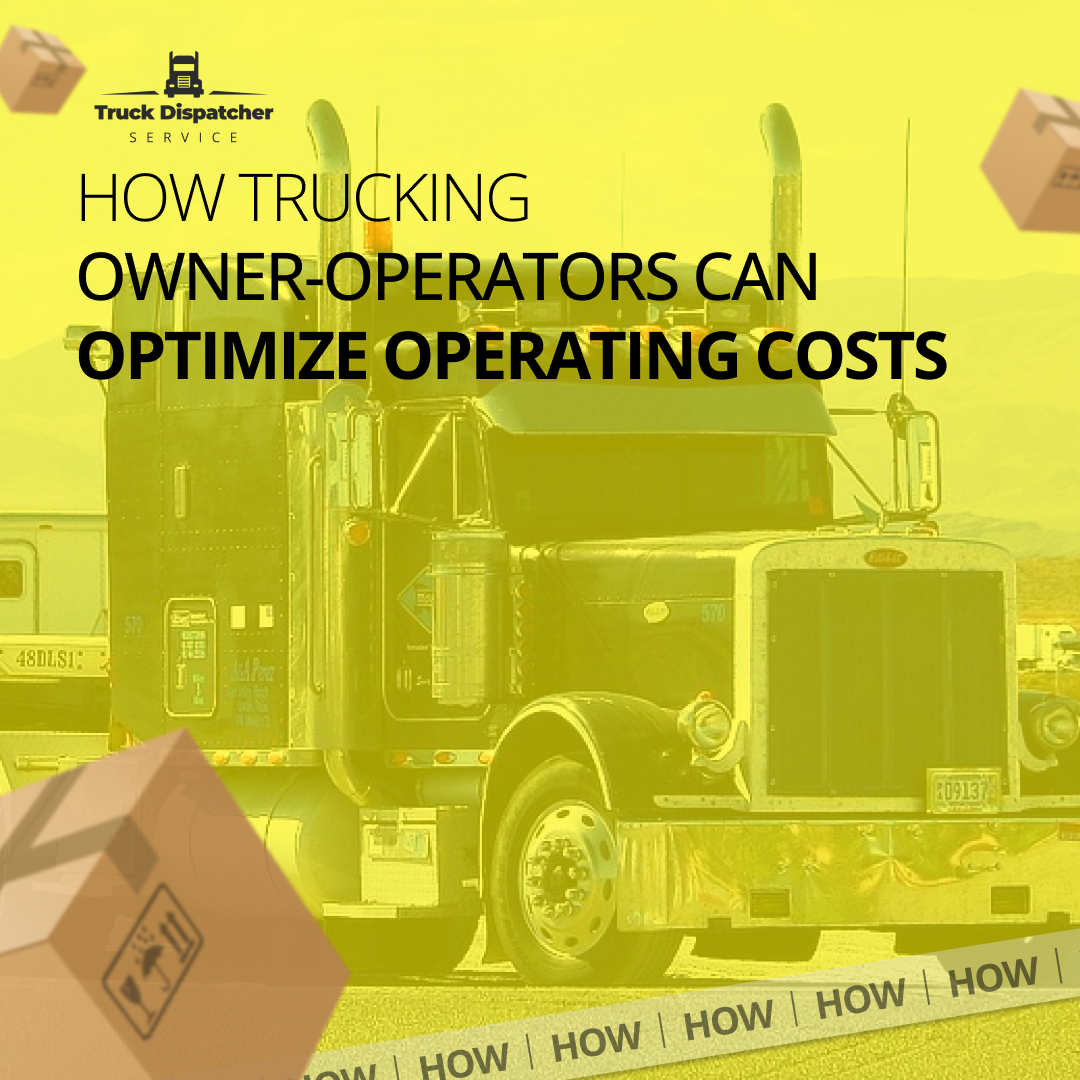Load boards are crucial for trucking companies and owner-operators to locate loads and efficiently fill their trucks. However, it is important to note that not all load boards are created equal, and optimizing their usage is crucial for success. Below are some valuable tips to optimize your load board experience and make the most out of your investment.
Choose the right load board
There are many load boards out there, each with its own strengths and weaknesses. Some load boards specialize in certain types of freight or regions, while others offer a broad range of options. Do your research and find a load board that suits your specific needs and budget.
Set up alerts
Most load boards allow you to set up alerts for specific types of loads or lanes. This can be a great time-saver, as you’ll receive notifications when new loads matching your criteria become available. Make sure your alerts are set up properly and that you’re not receiving too many or too few notifications.
Customize your search settings
Most load boards allow you to customize your search settings based on your preferences. For example, you can filter by distance, weight, equipment type, and more. Take advantage of these settings to narrow down your search and find loads that are a good fit for your truck and business.
Be proactive
Don’t wait for loads to come to you. Reach out to shippers and brokers directly to build relationships and secure steady business. Use load boards as a supplement to your other sourcing methods, not as a sole source of business.
Build a good reputation
Your reputation as a reliable carrier is important in the trucking industry. Make sure you deliver loads on time and in good condition, communicate well with shippers and brokers, and provide excellent customer service. Positive feedback on load boards and word-of-mouth recommendations can lead to more business and better-paying loads.
Consider load board fees
Make sure you understand the fee structure of your chosen load board and factor those costs into your pricing strategy. Some load boards offer free trials or low-cost options, so take advantage of those to see if the load board is a good fit for you before committing to a paid subscription.
Monitor market trends
The trucking industry is constantly changing, and it’s important to stay informed about market trends and shifts in demand. Keep an eye on load-to-truck ratios, rates, and other indicators to make informed decisions about which loads to take and which to pass on.
Load boards can be a powerful tool for trucking companies because they help to grow their business. By following these optimization tips and using load boards in conjunction with other sourcing methods, you can maximize your earning potential and build a successful trucking career.

 +1 773 649 1774
+1 773 649 1774

